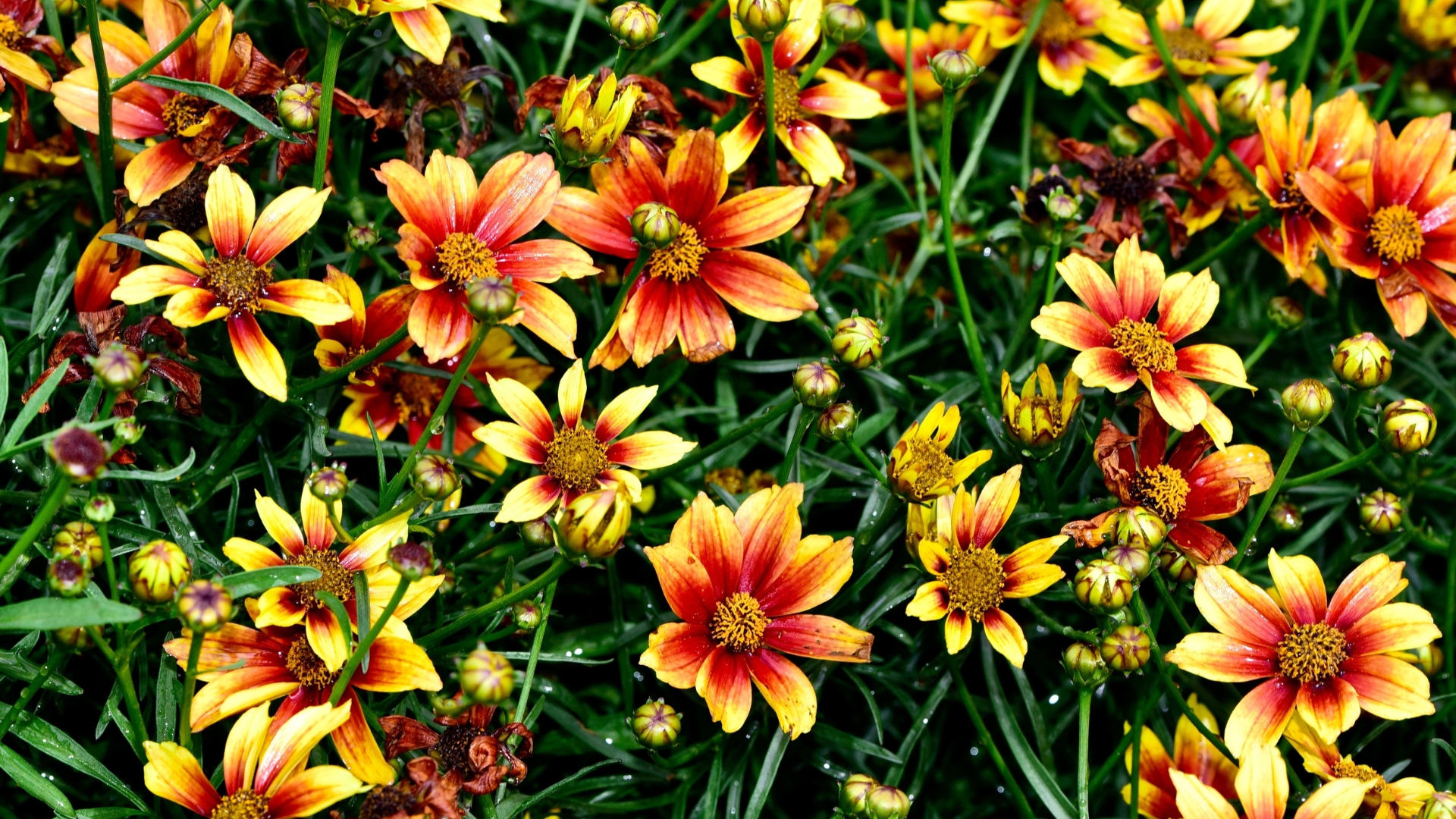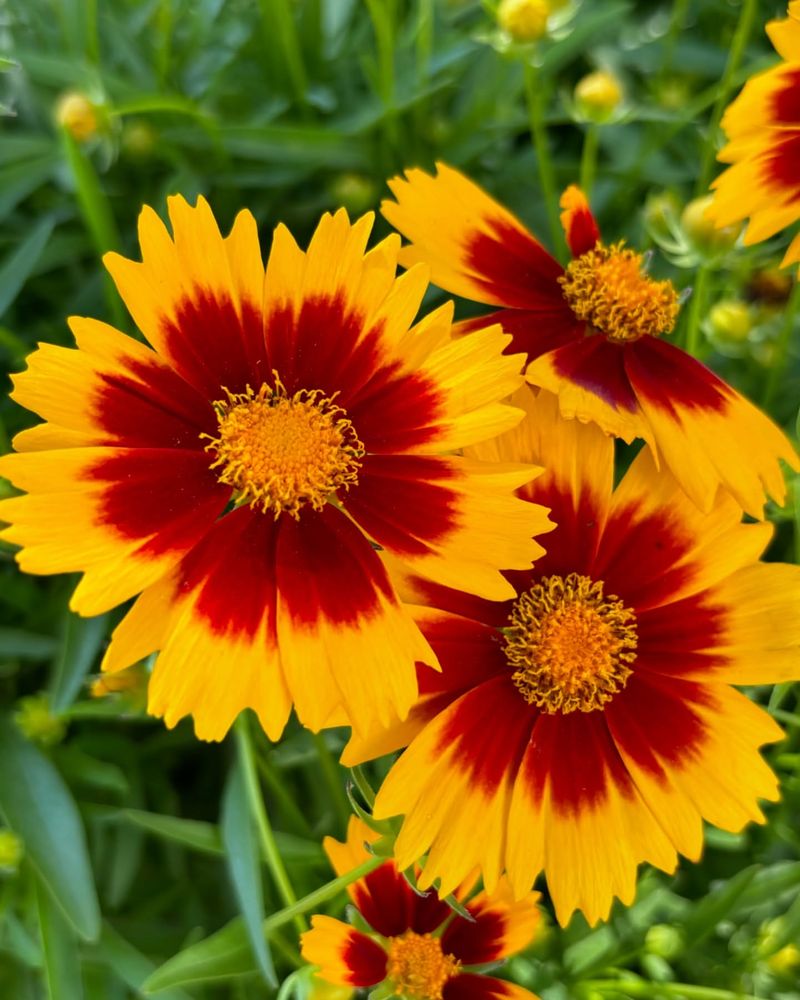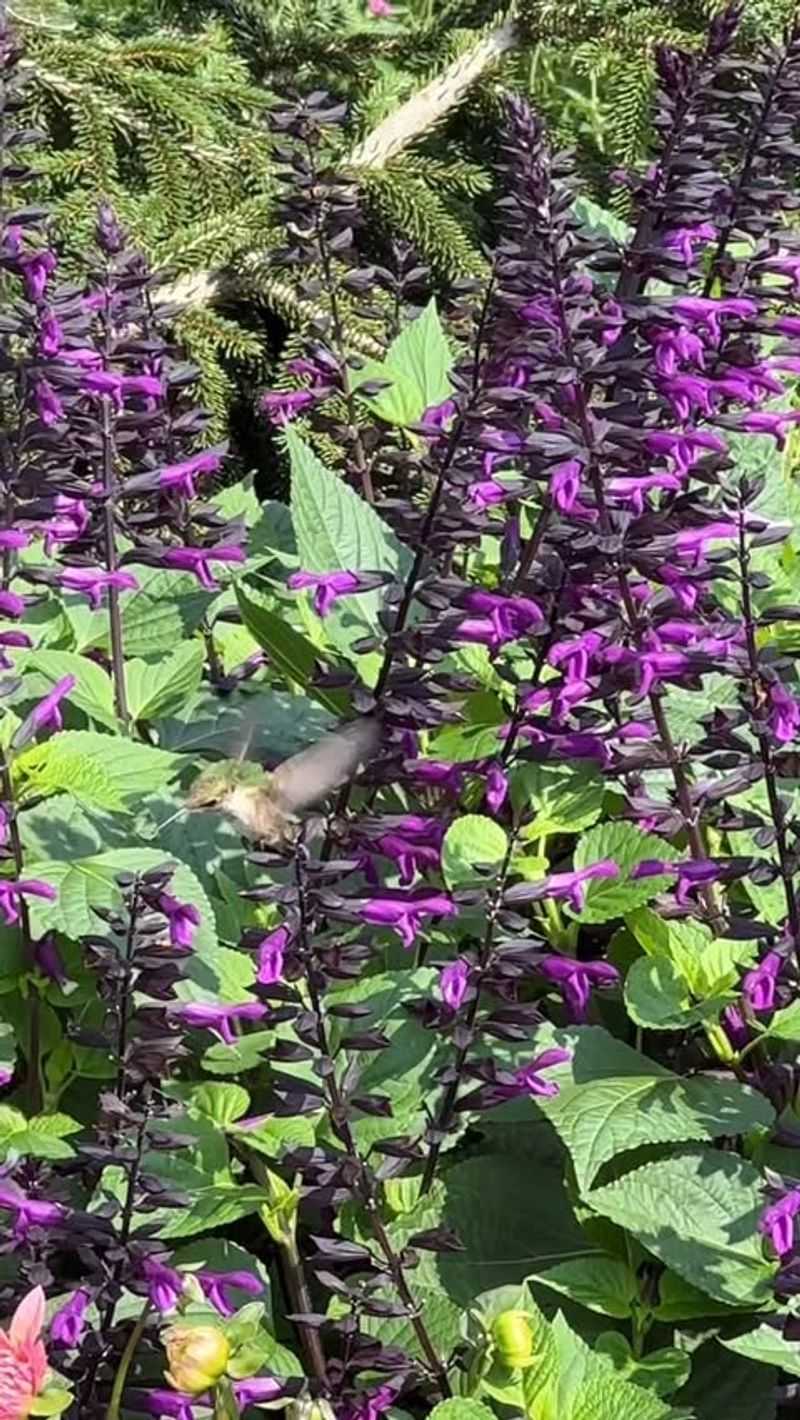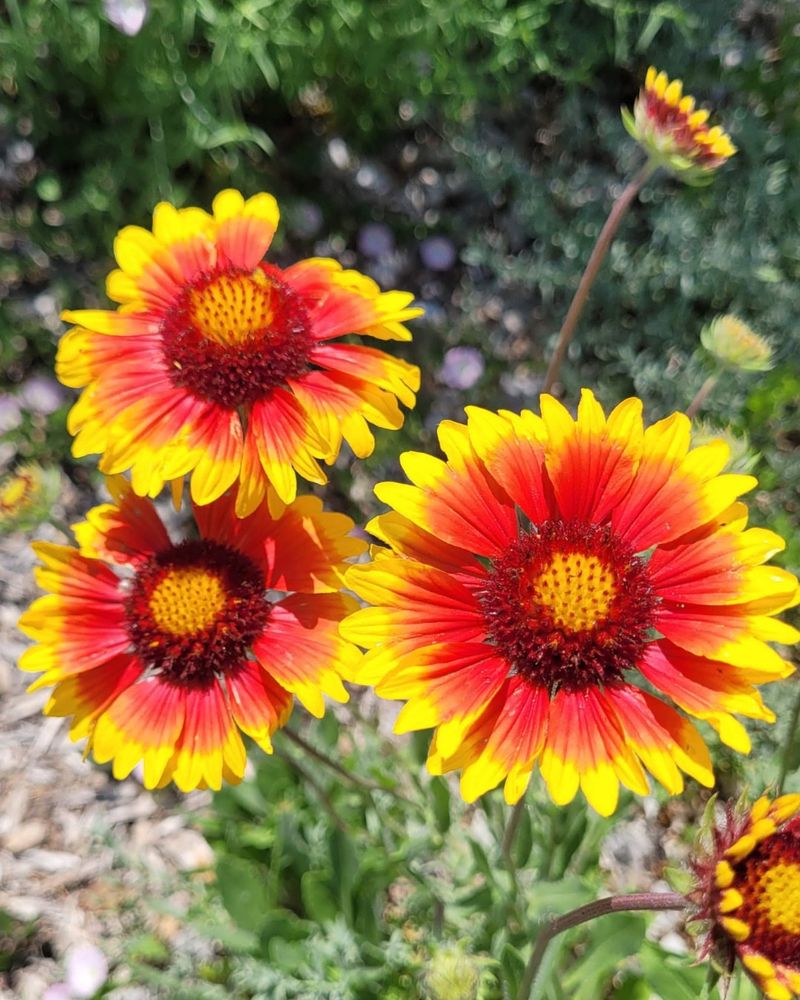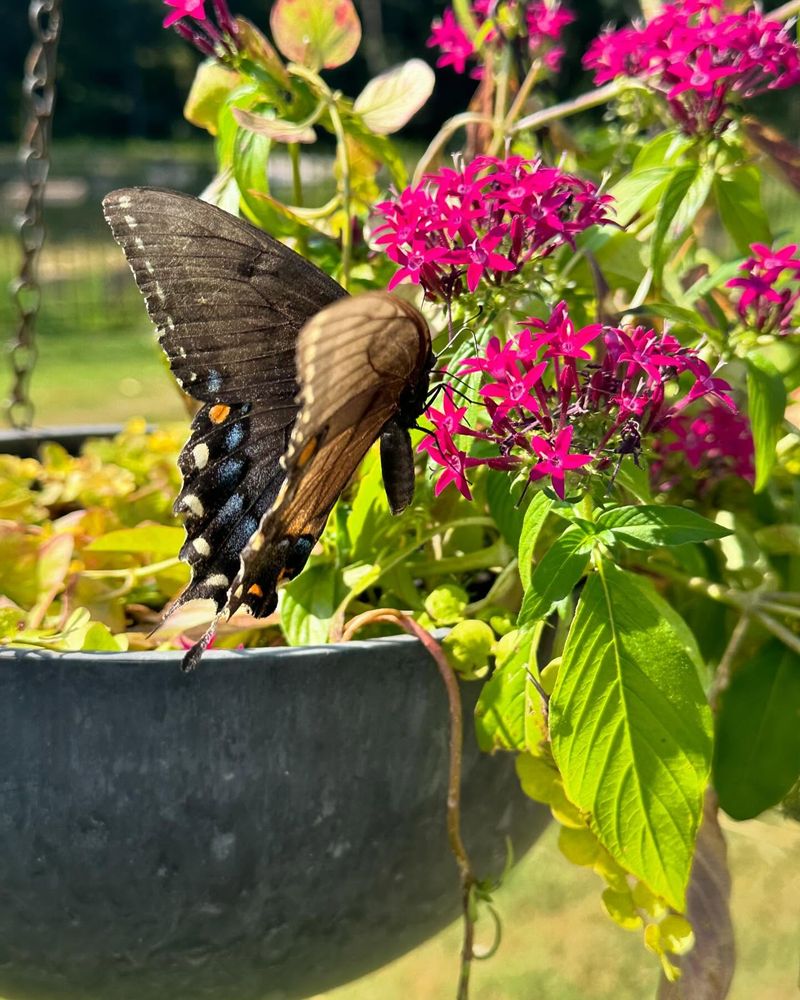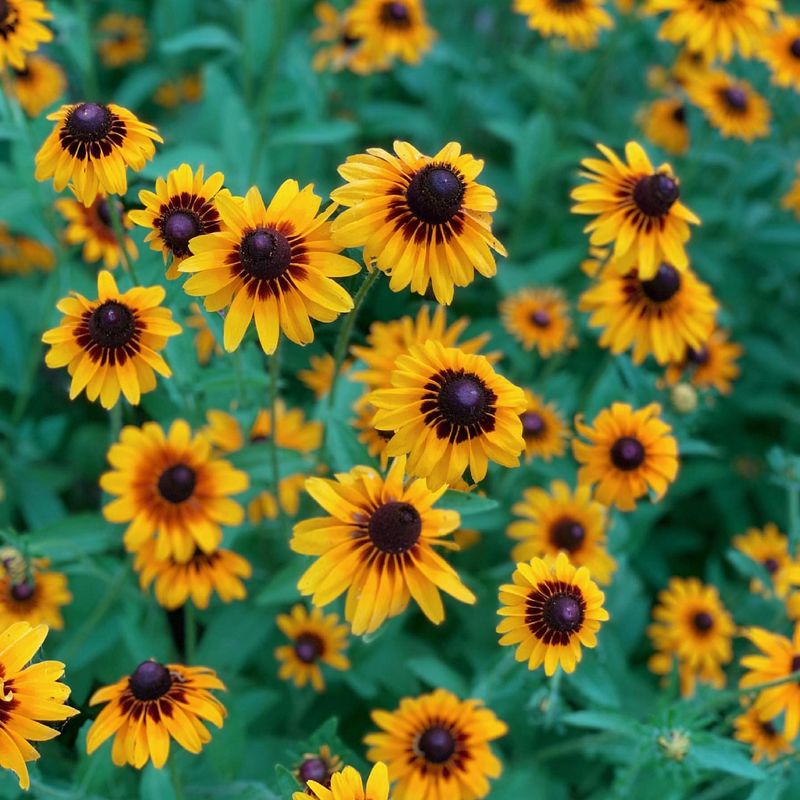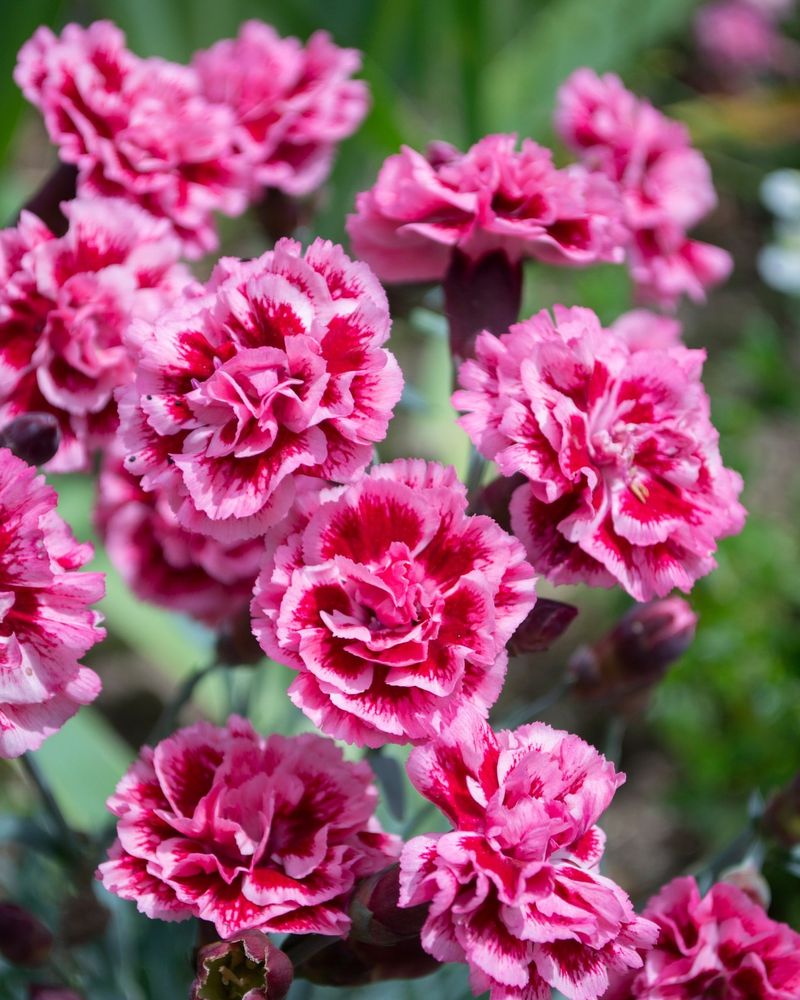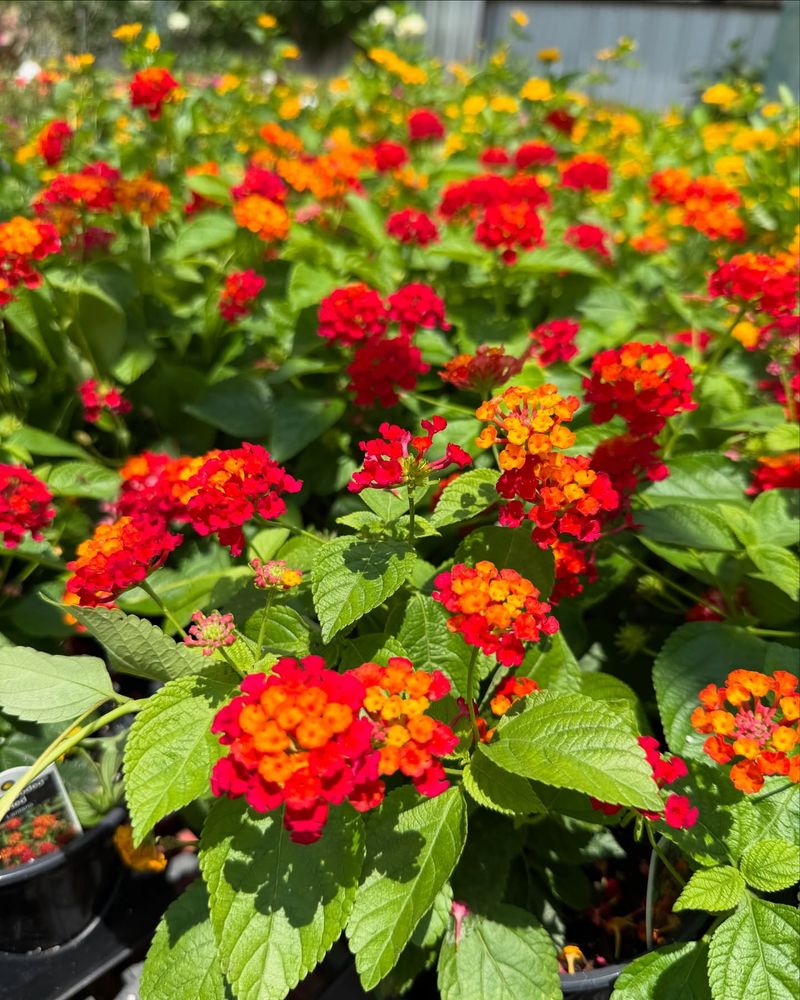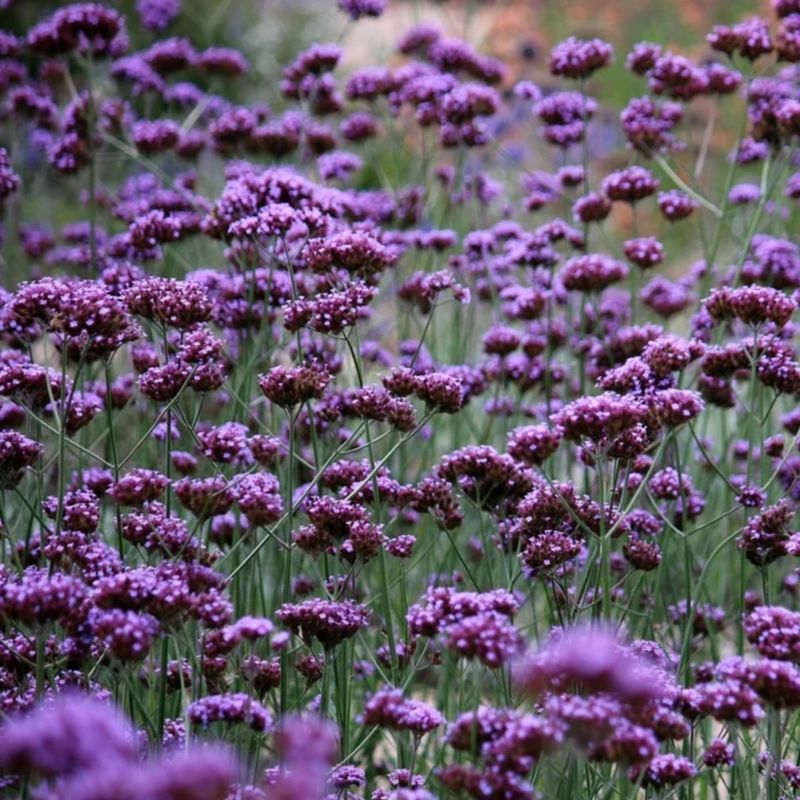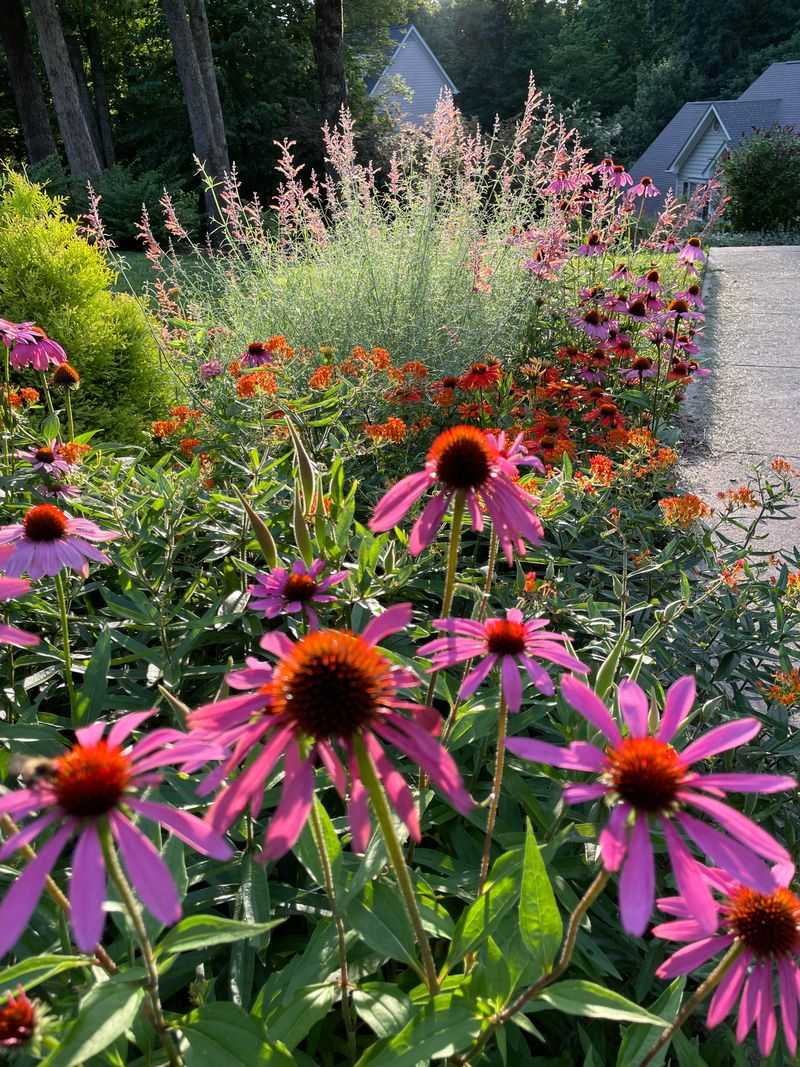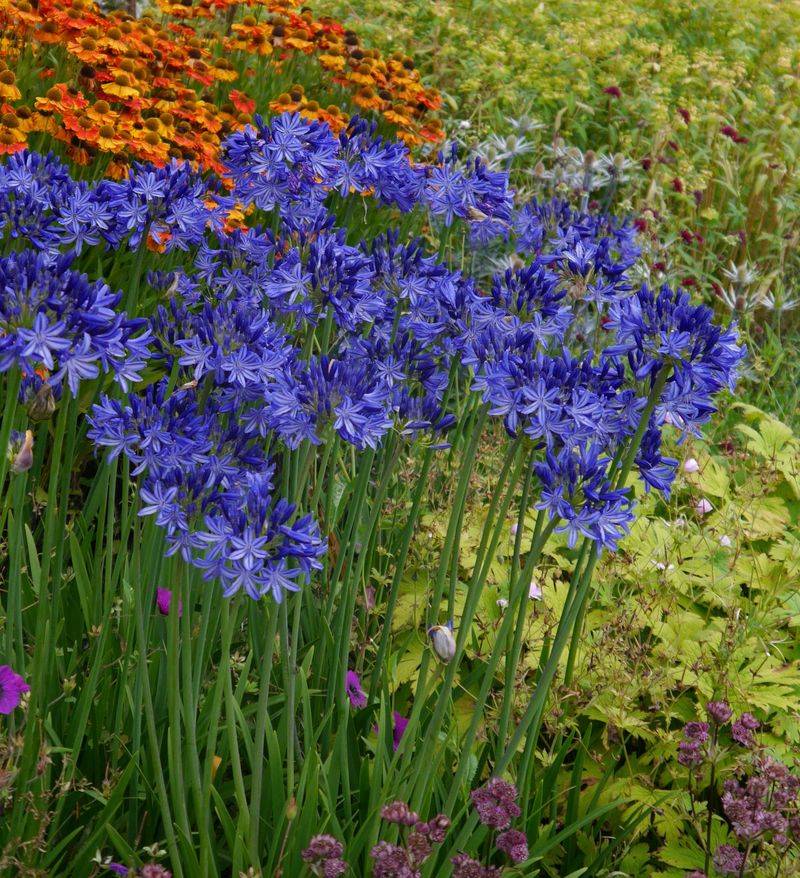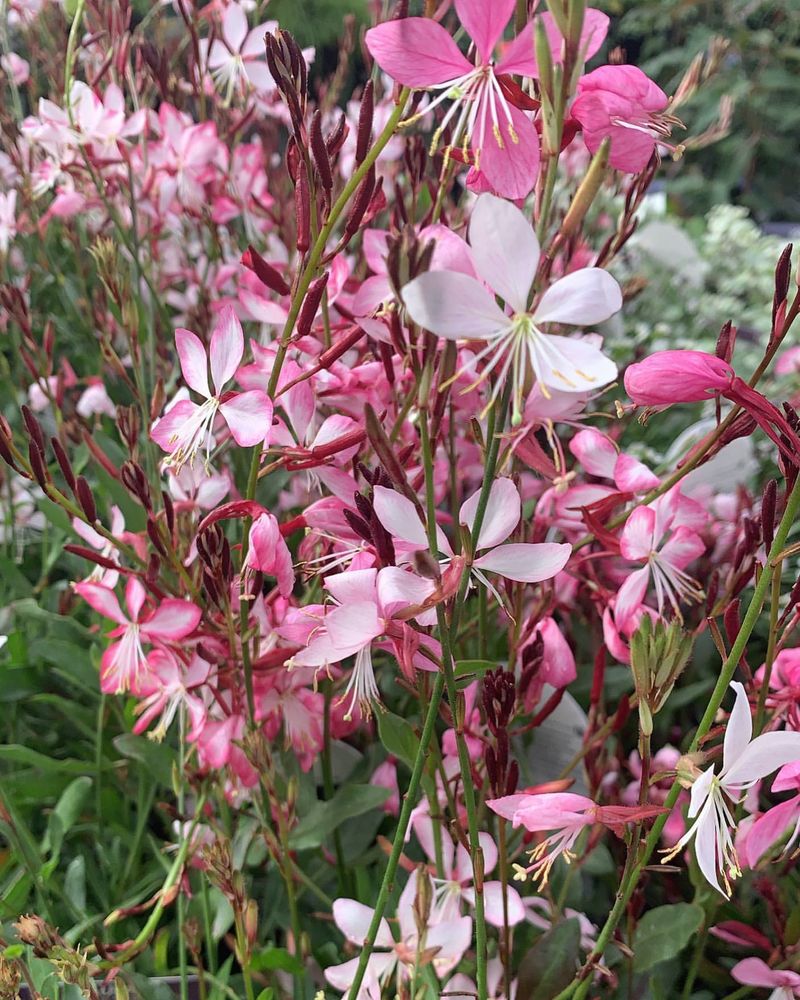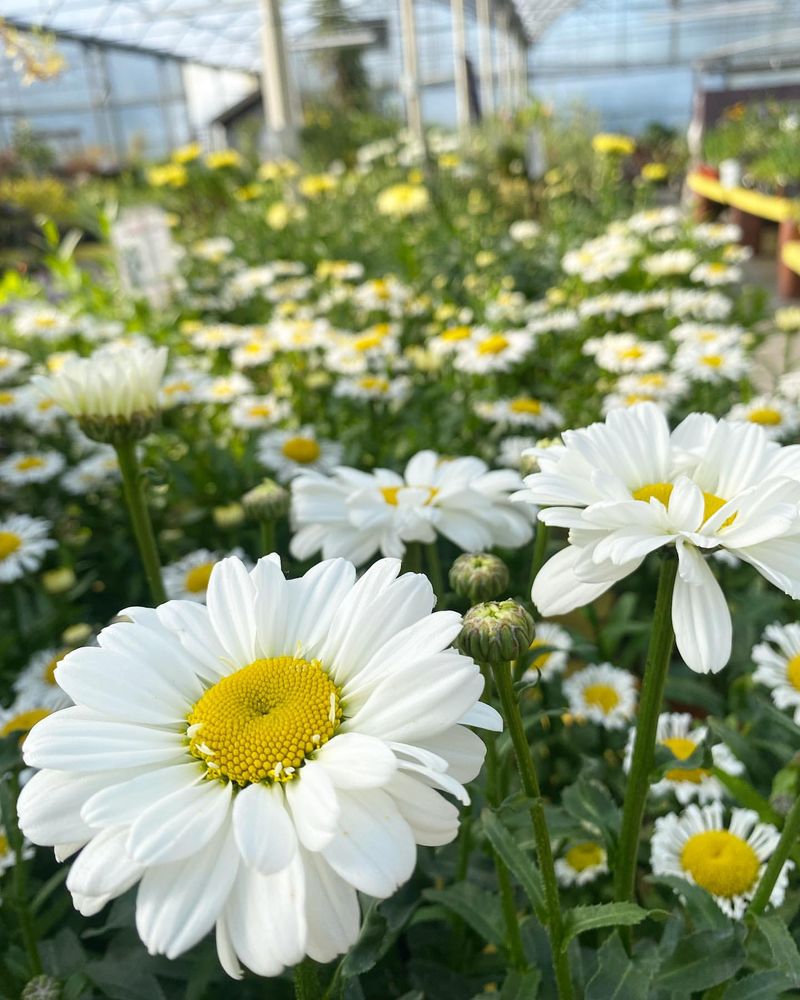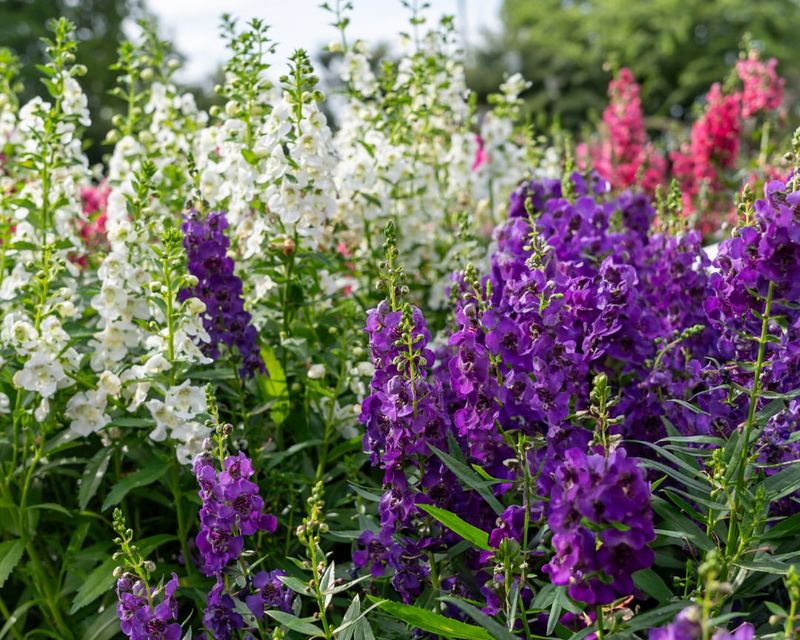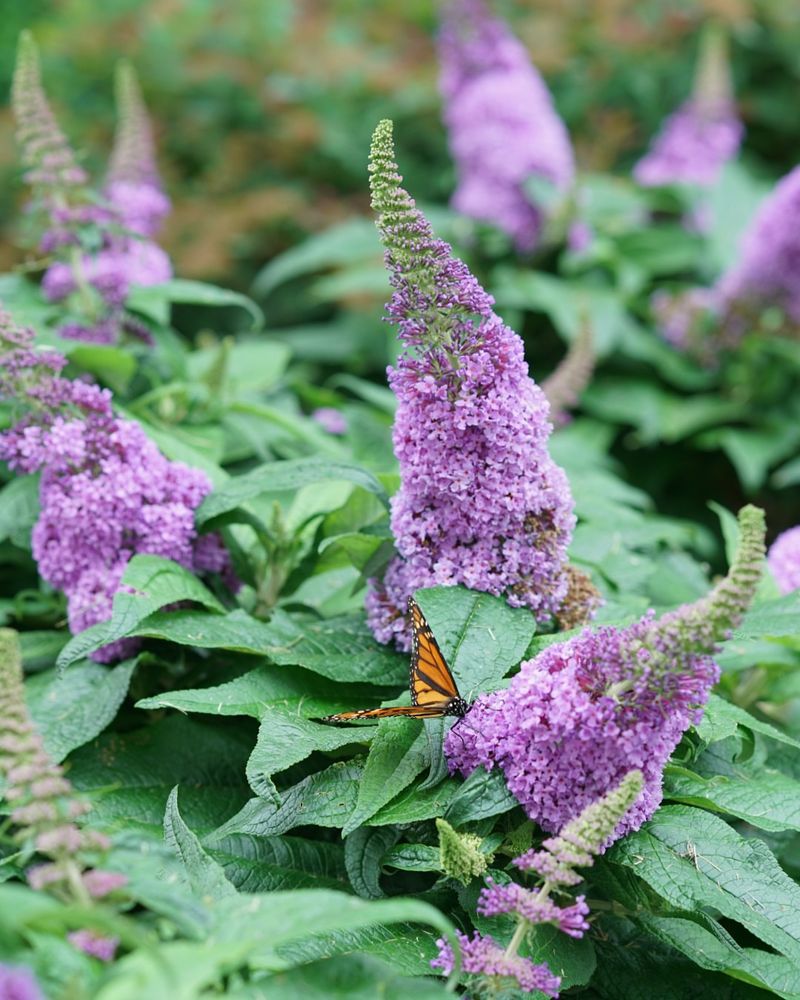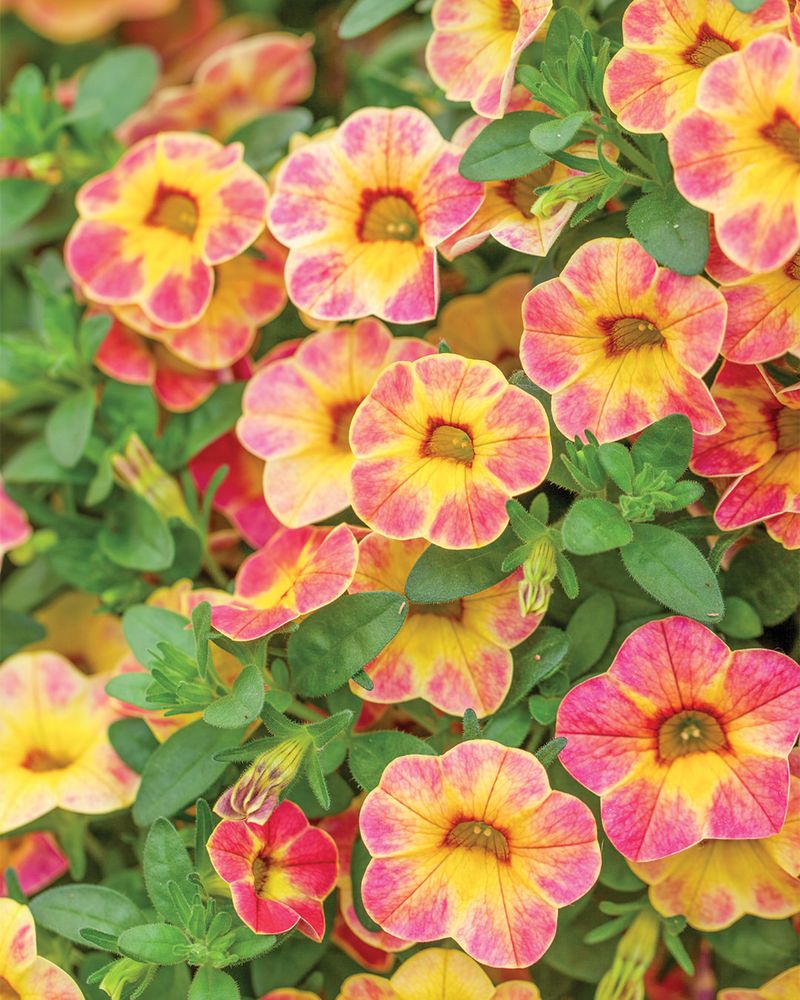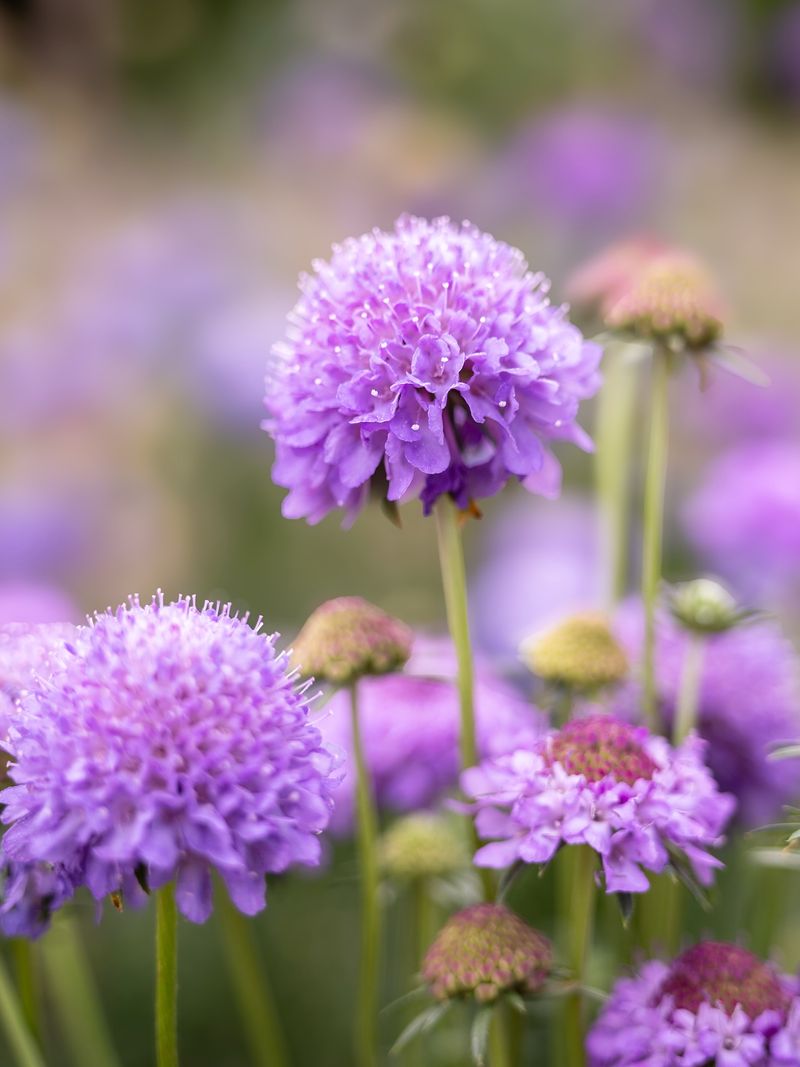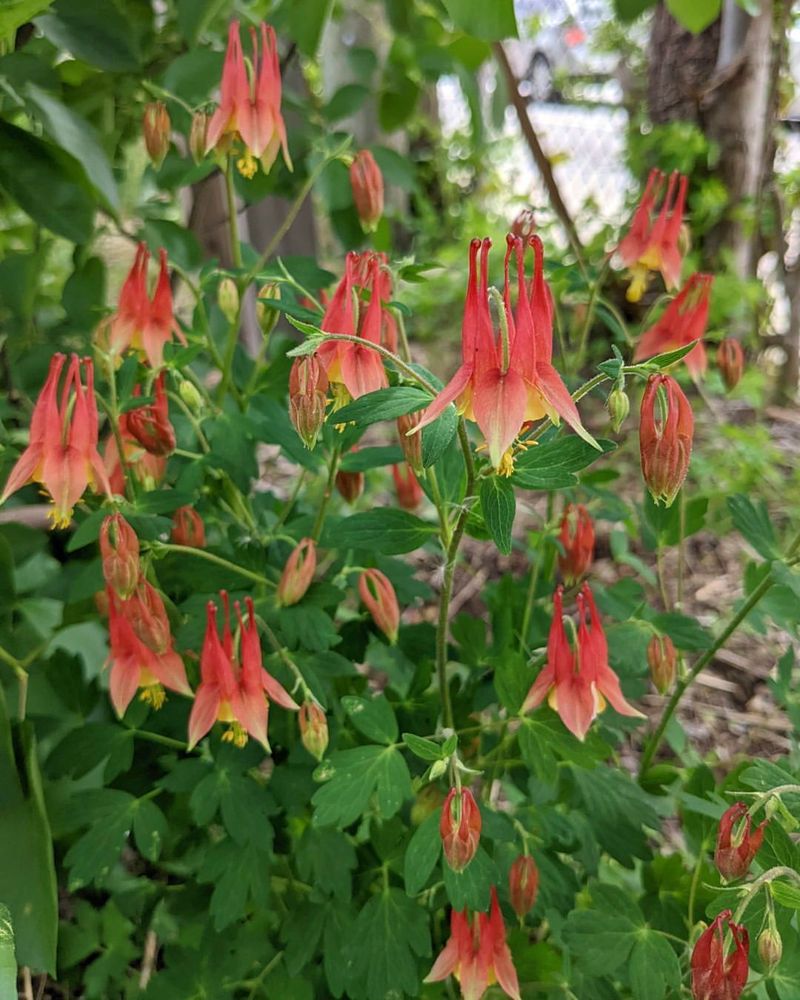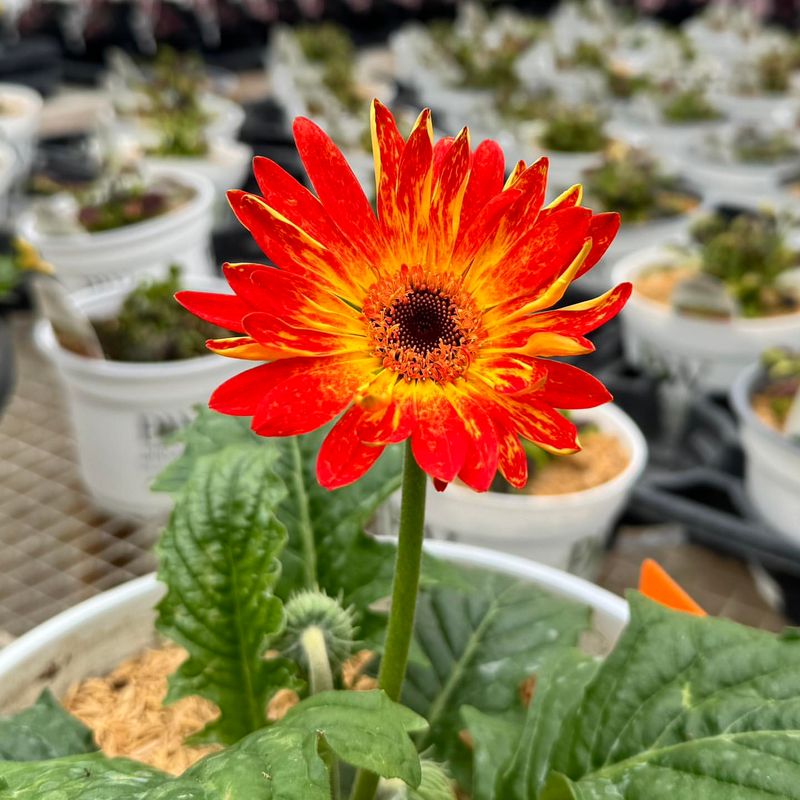Florida’s heat and humidity can be tough, but the right perennials can keep your garden blooming and bright for weeks on end.
I’ve found that with a little love—especially deadheading—you can stretch those colorful flowers way beyond what you’d expect. Skip it, and your plants might just call it quits early, leaving your garden looking tired too soon.
After a few seasons of trial and error, I’m sharing the best perennials for Florida that reward your effort with longer blooms. Get ready to enjoy a garden that stays lively and beautiful under the Florida sun!
1. Coreopsis
The cheerful yellow blooms of Coreopsis can keep brightening your Florida garden from spring through fall with regular deadheading. Snip off faded flowers every week to prevent seed formation and redirect energy to new buds.
Skip this maintenance and you’ll watch your continuous color show transform into a brief spring display. Florida gardeners who neglect deadheading typically see their Coreopsis bloom for just 4-6 weeks instead of the possible 5 months of golden sunshine.
2. Salvia
Nothing attracts hummingbirds to Florida gardens quite like Salvia’s vibrant spikes. Regular deadheading extends blooming from 8 weeks to nearly 20 weeks, transforming this perennial into a non-stop flowering machine throughout summer.
Without deadheading, Salvia quickly sets seed and flowering dramatically slows. The difference is striking in the Sunshine State’s long growing season – neglected plants look tired by July, while deadheaded ones continue their brilliant display through October’s warm days.
3. Gaillardia
Blanket flowers thrive in Florida’s sandy soils and bring fiery sunset colors to gardens year-round with proper care. Deadheading these daisy-like blooms weekly prevents energy-draining seed production and stimulates continuous flowering through even the hottest months.
Without this simple maintenance, Florida gardeners watch their Gaillardia’s impressive 9-month blooming season shrink to just 6-8 weeks. The plants focus on reproduction rather than creating new flowers, leaving you with green foliage instead of the vibrant red-orange display you crave.
4. Pentas
Star-shaped Pentas flowers create a butterfly paradise in Florida gardens, blooming continuously when properly maintained. Removing spent flower clusters redirects energy to new blooms, extending flowering from spring through Florida’s mild winter months.
Without deadheading, Pentas gradually slow their flowering by late summer. The difference is dramatic in Central Florida gardens – neglected plants might bloom for 3-4 months, while deadheaded ones provide nearly 9 months of butterfly-attracting color and nectar.
5. Rudbeckia
Black-eyed Susans bring golden cheer to Florida gardens and respond dramatically to deadheading. Regular removal of spent blooms prevents seed formation and redirects energy to produce new flowers, extending the blooming period from 6 weeks to nearly 4 months.
Neglect this simple task and your Florida Rudbeckia display will fade by mid-summer. The plants quickly set seed in our warm climate, and that natural reproductive cycle signals the end of flowering – leaving you with seed heads instead of sunny blooms for most of the growing season.
6. Dianthus
Sweet William brings spicy fragrance and cheerful pink blooms to Florida gardens nearly year-round when properly deadheaded. Snipping faded flowers every 7-10 days prevents seed formation and triggers continuous blooming through our mild winters.
Skip this maintenance and Florida gardeners watch their continuous display shrink to brief spring and fall shows. The intense summer heat combined with seed production causes Dianthus to shut down flowering completely during peak growing months when they could be bringing color to your garden.
7. Lantana
Few plants thrive in Florida’s heat like Lantana, and proper deadheading transforms it from summer survivor to year-round bloomer. Trimming spent flower clusters prevents the formation of dark berries and signals the plant to produce more colorful blooms instead.
Without deadheading, Lantana’s flowering dramatically decreases once berries form. Many South Florida gardeners don’t realize those attractive purple-black fruits actually inhibit new blooms – the difference between 3 months and nearly 10 months of butterfly-attracting color in your garden.
8. Verbena
Drought-tolerant Verbena brings clusters of tiny blooms in vibrant purples and pinks to Florida gardens. Regular deadheading prevents seed formation and stimulates continuous flowering through even the hottest months, extending bloom time from 8 weeks to nearly 6 months.
Neglected plants quickly set seed in Florida’s climate and flowering dramatically slows. The difference is striking – deadheaded Verbena creates a flowing carpet of color from spring through fall, while untended plants offer a brief spring show before focusing on reproduction rather than decoration.
9. Coneflower
Purple coneflowers attract both butterflies and compliments in Florida gardens, and deadheading makes all the difference in their performance. Removing spent blooms before seed formation redirects energy to produce new flowers, extending blooming from 4 weeks to over 3 months.
Without this maintenance, Florida gardeners watch their Echinacea display fade by early summer. The plants quickly complete their reproductive cycle in our warm climate and stop flowering entirely – leaving you with interesting seed heads for birds but no purple blooms for most of the growing season.
10. Agapanthus
Lily of the Nile produces stunning blue flower clusters that transform Florida landscapes. Regular deadheading prevents seed formation and triggers a second or even third flowering cycle, extending the bloom season from 3 weeks to nearly 3 months.
Many North Florida gardeners don’t realize their Agapanthus could bloom twice as long. Without deadheading, these plants focus entirely on producing seeds after their initial spring display, missing the opportunity for additional flowering cycles that could continue through summer.
11. Gaura
Whirling butterflies dance on slender stems above Florida gardens from spring through fall when properly deadheaded. Regular trimming of spent blooms prevents seed formation and encourages continuous flowering through even the hottest months, extending bloom time from 6 weeks to over 6 months.
Without deadheading, Gaura quickly focuses on seed production in Florida’s climate. The difference is dramatic – neglected plants offer a brief spring show while maintained ones continue producing delicate white or pink butterfly-like blooms that add movement and charm to gardens through November.
12. Shasta Daisy
Classic white daisies bring cheerful simplicity to Florida gardens and respond dramatically to deadheading. Removing spent blooms before seed formation redirects energy to produce new flowers, extending blooming from 3 weeks to nearly 3 months of continuous display.
Neglect this task and Central Florida gardeners watch their daisy display fade by early summer. The plants quickly set seed in our warm climate, and that natural reproductive cycle signals the end of flowering – leaving you with interesting seed heads but no white blooms for most of the growing season.
13. Angelonia
Summer snapdragon thrives in Florida’s heat, producing vertical spikes of delicate flowers in purples, pinks and whites. Regular deadheading prevents seed formation and stimulates continuous flowering through even the hottest months, extending bloom time from 8 weeks to over 7 months.
Without this maintenance, South Florida gardeners see flowering slow dramatically by midsummer. The difference is striking – deadheaded Angelonia creates vertical interest and color from April through November, while untended plants offer a brief early summer show before focusing on reproduction rather than decoration.
14. Butterfly Bush
Buddleia creates a pollinator paradise in Florida gardens, and deadheading makes all the difference in performance. Removing spent flower spikes before seed formation triggers continuous blooming, extending the butterfly buffet from 6 weeks to over 6 months.
Many North Florida gardeners don’t realize their butterfly bush could bloom twice as long. Without deadheading, these plants focus entirely on producing seeds after their initial summer display, missing the opportunity for additional flowering cycles that could continue through fall’s monarch migration.
15. Calibrachoa
Million bells bring cascades of tiny petunia-like flowers to Florida containers and respond dramatically to deadheading. Regular trimming prevents seed formation and stimulates continuous flowering, extending bloom time from 8 weeks to nearly year-round color in frost-free areas.
Without deadheading, South Florida gardeners watch their Calibrachoa display fade by summer’s peak. The plants exhaust themselves trying to set seed in our intense heat, often declining completely when they could continue flowering through winter with proper maintenance.
16. Scabiosa
Pincushion flowers bring delicate charm to Florida gardens with their unique blooms that hover above lacy foliage. Regular deadheading prevents seed formation and redirects energy to produce new flowers, extending blooming from 6 weeks to over 5 months.
Many Central Florida gardeners miss the opportunity for extended bloom. Without deadheading, Scabiosa quickly completes its reproductive cycle and flowering dramatically slows by early summer – but with regular maintenance, these butterfly magnets continue producing their distinctive blooms through fall.
17. Columbine
Aquilegia brings unique spurred flowers to shaded Florida gardens in spring, and deadheading makes all the difference in performance. Removing spent blooms before seed formation prevents the plant from going dormant, extending blooming from 3 weeks to nearly 3 months.
Without this maintenance, North Florida gardeners watch their Columbine display fade by April’s end. The plants quickly set seed and die back completely for summer, missing the opportunity for additional flowering cycles that could continue through early summer in partially shaded locations.
18. Gerbera Daisy
Bold, cheerful Gerbera daisies bring eye-catching color to Florida gardens and respond dramatically to deadheading. Removing spent blooms at the base of their long stems triggers continuous flowering, extending bloom time from 6 weeks to nearly 9 months in frost-free areas.
Many South Florida gardeners don’t realize their Gerberas could bloom nearly year-round. Without deadheading, these plants exhaust themselves after their initial spectacular display, but with regular maintenance, they continue producing their oversized, vibrant blooms through winter’s mild temperatures.

